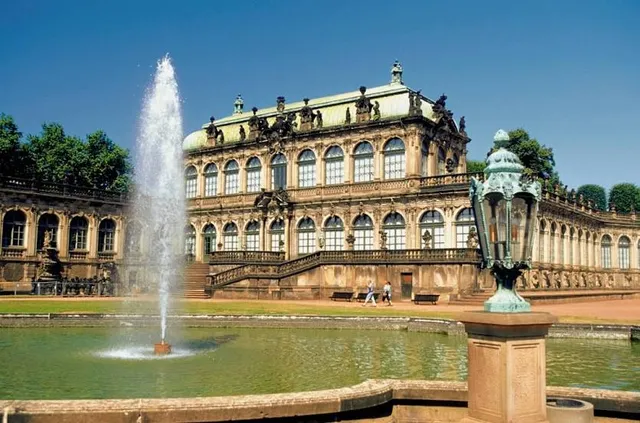Zwinger things to do, attractions, restaurants, events info and trip planning
Basic Info
Zwinger
Sophienstraße, 01067 Dresden, Germany
4.7(19.9K)
Open 24 hours
Save
spot
spot
Ratings & Description
Info
Cultural
Outdoor
Family friendly
Accessibility
attractions: Old Masters Picture Gallery, Semperoper Dresden, Green Vault, Dresden Castle, SKD | Mathematisch-Physikalischer Salon, SKD | Porcelain Collection, Kronentor, Staatsschauspiel Dresden, TimeRide, Kathedrale Sanctissimae Trinitatis, restaurants: Sophienkeller im Taschenbergpalais, Côdô, Alte Meister Café & Restaurant, PETER PANE Burgergrill & Bar, ALEX Dresden am Schloss, Max Altstadt, Rodizio Steakhouse am Postplatz, Enchilada Dresden, Paulaner´s im Taschenbergpalais, Kastenmeiers
 Learn more insights from Wanderboat AI.
Learn more insights from Wanderboat AI.Phone
+49 351 49142000
Website
der-dresdner-zwinger.de
Plan your stay

Pet-friendly Hotels in Dresden
Find a cozy hotel nearby and make it a full experience.

Affordable Hotels in Dresden
Find a cozy hotel nearby and make it a full experience.

The Coolest Hotels You Haven't Heard Of (Yet)
Find a cozy hotel nearby and make it a full experience.

Trending Stays Worth the Hype in Dresden
Find a cozy hotel nearby and make it a full experience.
Reviews
Nearby attractions of Zwinger
Old Masters Picture Gallery
Semperoper Dresden
Green Vault
Dresden Castle
SKD | Mathematisch-Physikalischer Salon
SKD | Porcelain Collection
Kronentor
Staatsschauspiel Dresden
TimeRide
Kathedrale Sanctissimae Trinitatis
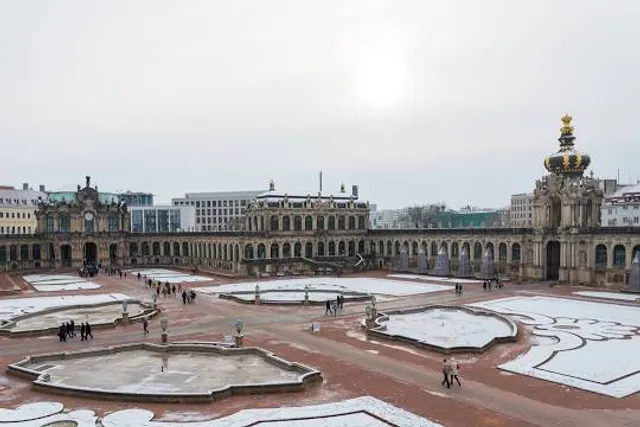
Old Masters Picture Gallery
4.8
(3.4K)
Open 24 hours
Click for details
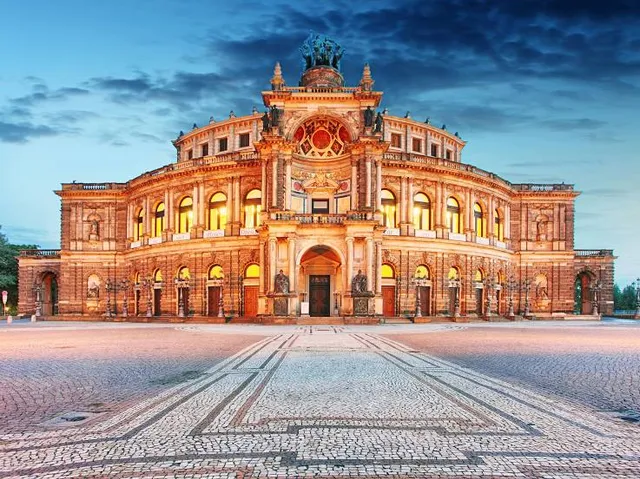
Semperoper Dresden
4.8
(6.3K)
Open 24 hours
Click for details
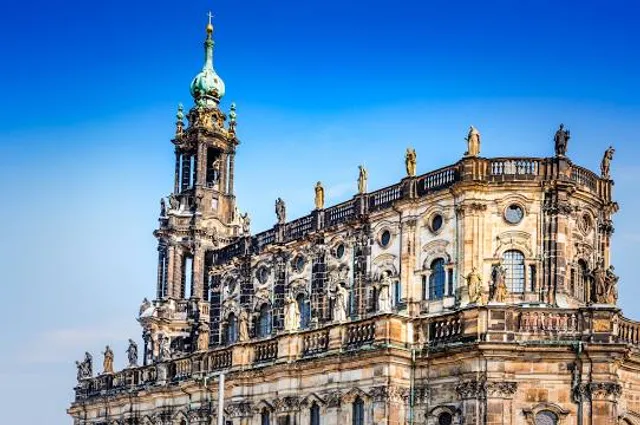
Green Vault
4.7
(3.5K)
Closed
Click for details
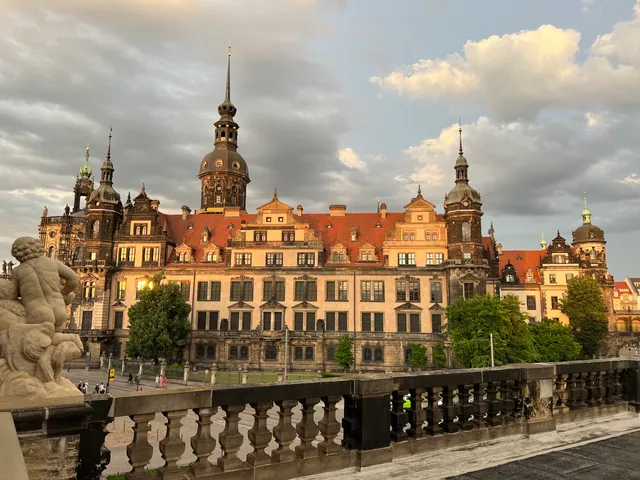
Dresden Castle
4.7
(4.9K)
Open 24 hours
Click for details
Things to do nearby

Explore Dresdens highlights
Wed, Dec 31 • 10:30 AM
01067, Dresden, Germany
View details
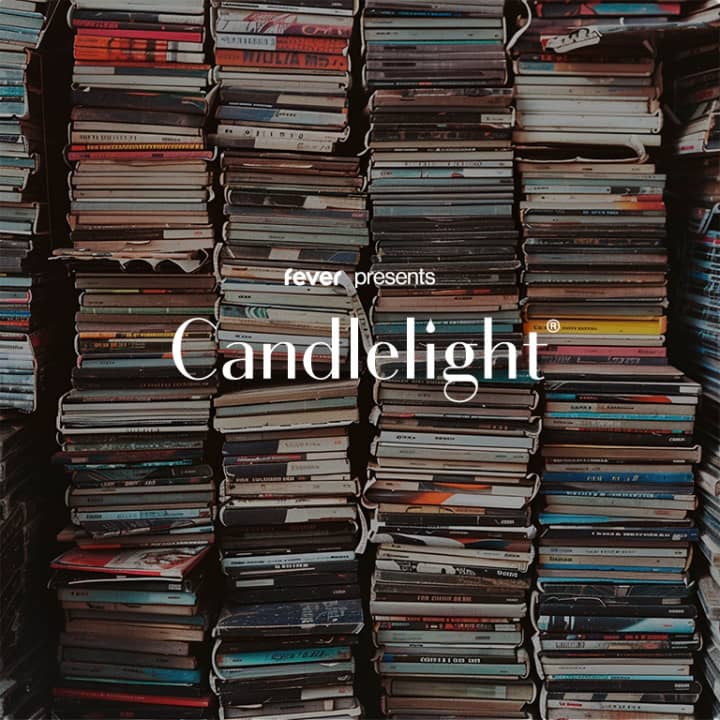
Candlelight: 90s Unplugged
Fri, Jan 2 • 6:00 PM
Bautzner Straße 130, Dresden-Loschwitz, 01099
View details
Nearby restaurants of Zwinger
Sophienkeller im Taschenbergpalais
Côdô
Alte Meister Café & Restaurant
PETER PANE Burgergrill & Bar
ALEX Dresden am Schloss
Max Altstadt
Rodizio Steakhouse am Postplatz
Enchilada Dresden
Paulaner´s im Taschenbergpalais
Kastenmeiers
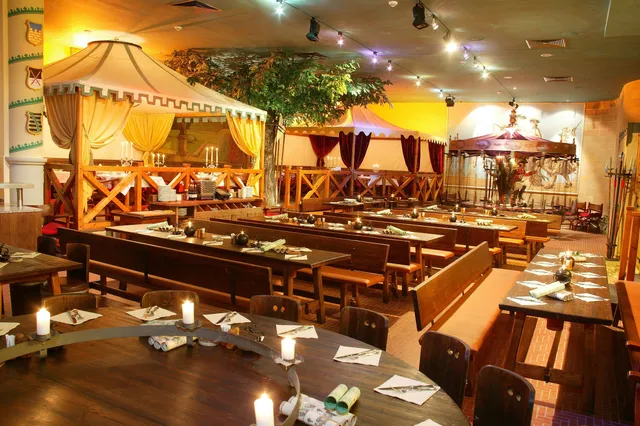
Sophienkeller im Taschenbergpalais
4.6
(2.3K)
Click for details

Côdô
4.3
(1.1K)
Click for details
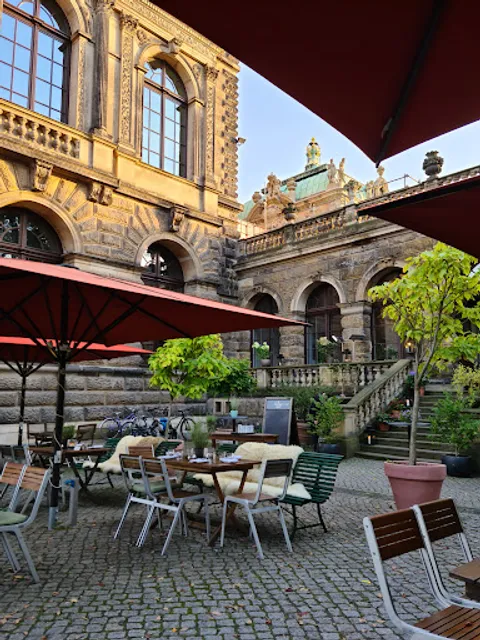
Alte Meister Café & Restaurant
4.2
(403)
$$$
Click for details
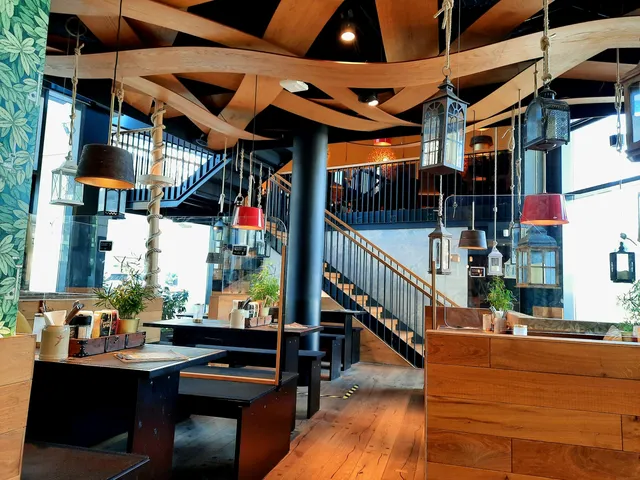
PETER PANE Burgergrill & Bar
4.3
(1.8K)
Click for details
